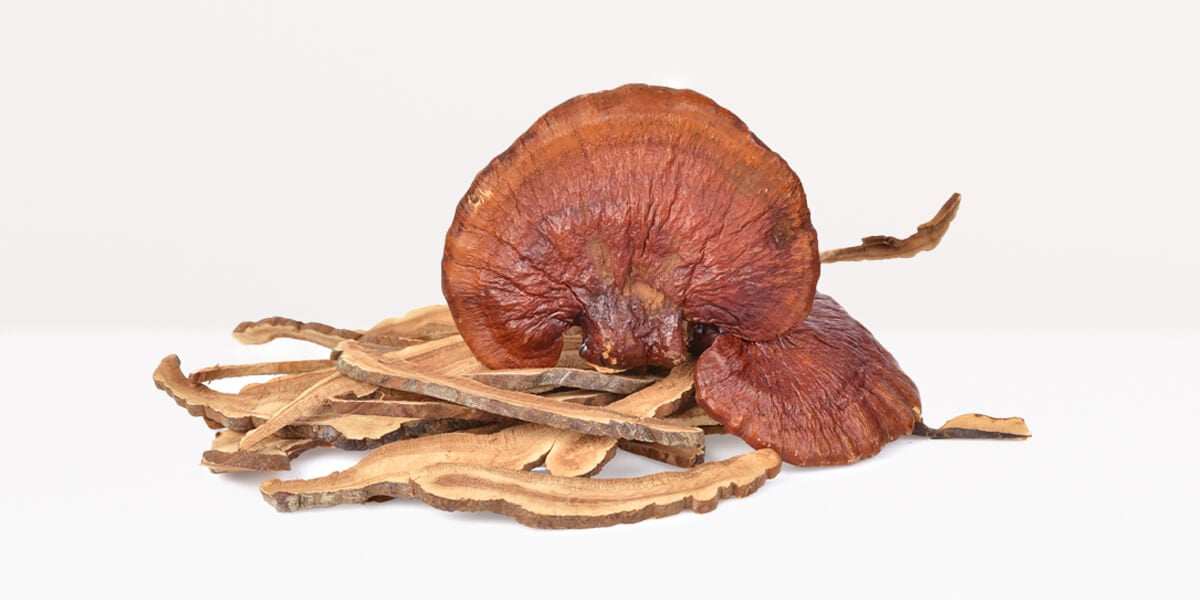How to dry Reishi mushroom
Drying reishi mushrooms is a great way to preserve them for long-term storage while retaining their flavor and nutritional benefits. Here's how you can dry reishi mushrooms:
Clean the Mushrooms: Start by cleaning the reishi mushrooms to remove any dirt or debris. Use a soft brush or cloth to gently brush off any dirt on the surface. Avoid washing the mushrooms with water, as they can absorb moisture and become soggy.
Slice the Mushrooms: Use a sharp knife to slice the reishi mushrooms into thin slices. Thinner slices will dry more quickly and evenly than thicker slices. Aim for slices that are about 1/4 to 1/2 inch thick.
Arrange on Drying Racks: Arrange the sliced reishi mushrooms in a single layer on drying racks. Make sure there is some space between each slice to allow for air circulation. You can use specialized drying racks designed for drying mushrooms, or you can use regular baking racks lined with parchment paper.
Choose a Drying Method:
Air Drying: Place the drying racks in a well-ventilated area with good air circulation. Avoid placing the mushrooms in direct sunlight, as this can cause them to lose flavor and color. Allow the mushrooms to air dry for several days to a week, depending on the humidity levels and thickness of the slices. The mushrooms are dry when they feel crisp and brittle.
Dehydrator: Alternatively, you can use a food dehydrator to dry the reishi mushrooms. Arrange the slices on the dehydrator trays in a single layer and set the temperature to around 110°F to 130°F (43°C to 54°C). Dry the mushrooms for 6 to 12 hours, or until they are completely dry and brittle.
Check for Dryness: Once the mushrooms are dry, check them for any signs of moisture. They should feel crisp and brittle to the touch. If they still feel soft or pliable, continue drying them for additional time.
Store the Dried Mushrooms: Once the reishi mushrooms are fully dry, transfer them to airtight containers such as glass jars or resealable plastic bags. Store the dried mushrooms in a cool, dark place away from heat and moisture. Properly dried reishi mushrooms can last for several months to a year or more when stored correctly.
By following these steps, you can successfully dry reishi mushrooms at home and enjoy their earthy flavor and health benefits in your culinary creations throughout the year.

Comments
Post a Comment